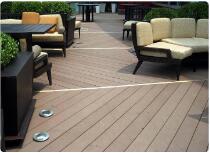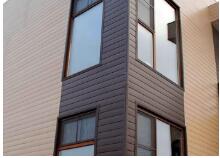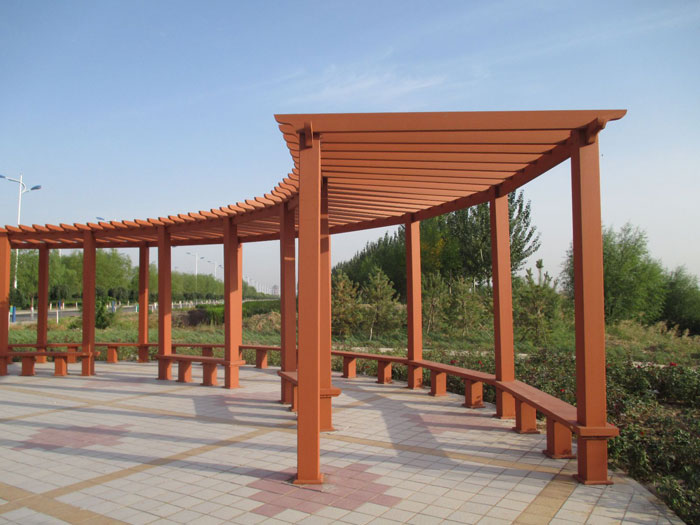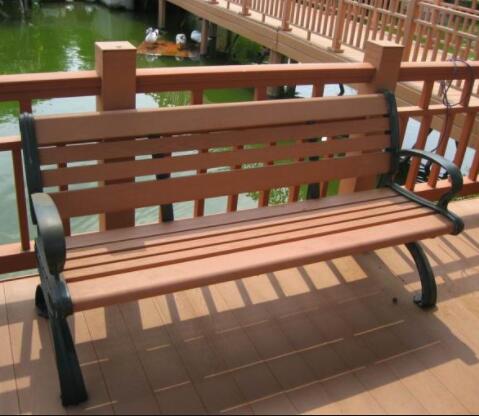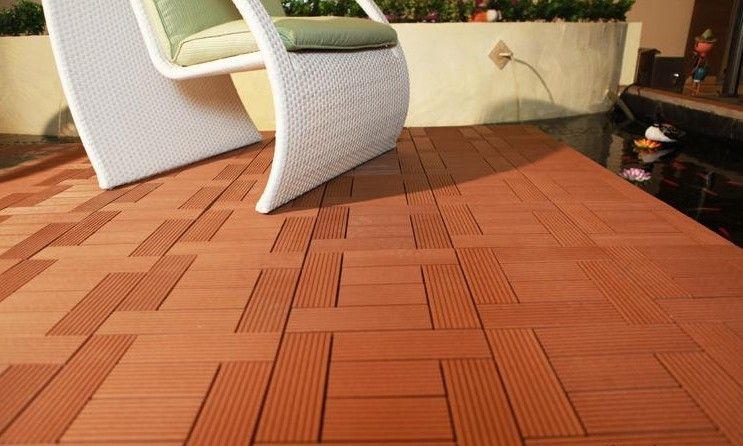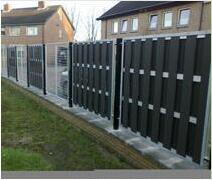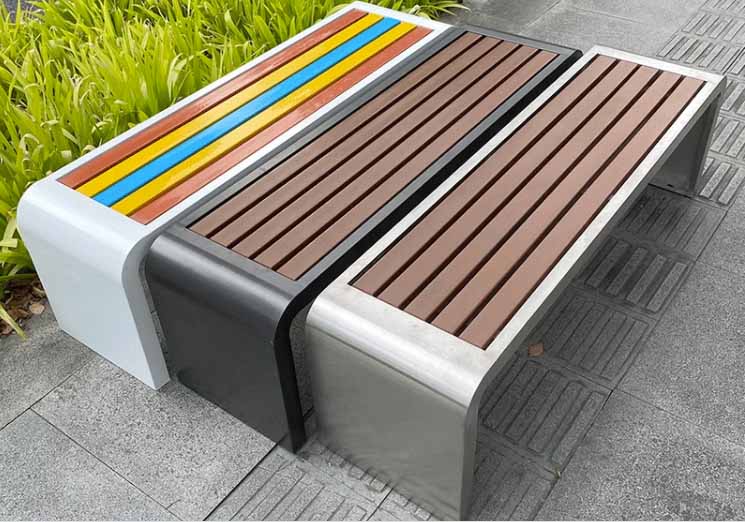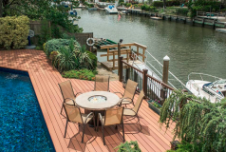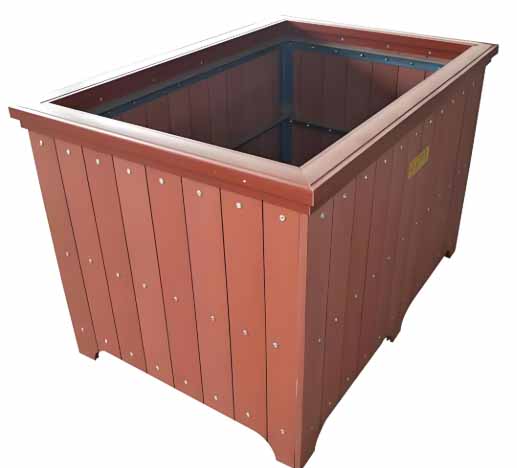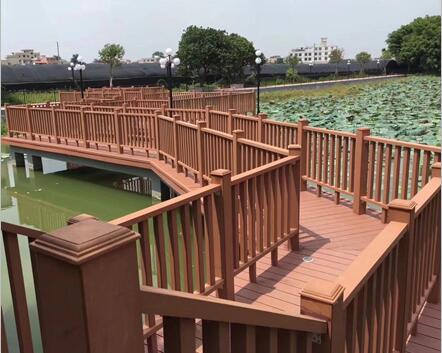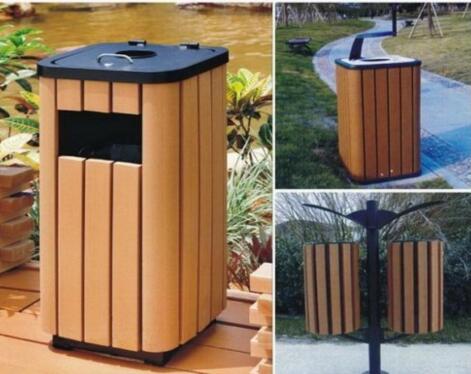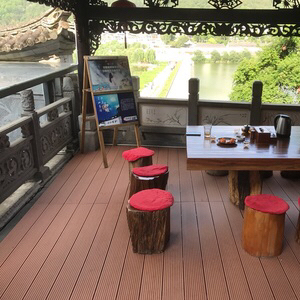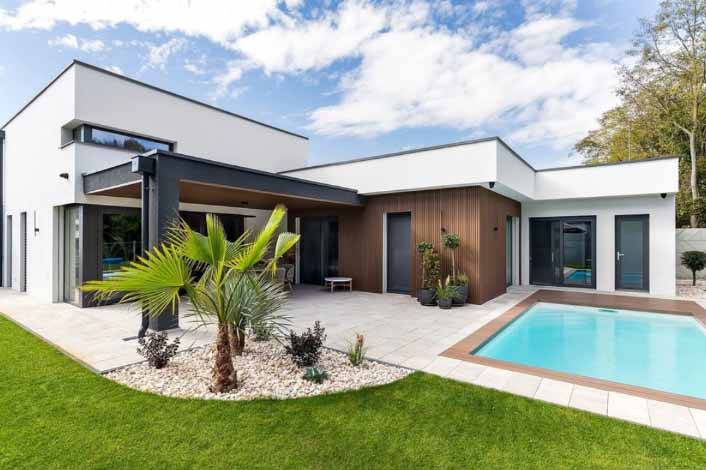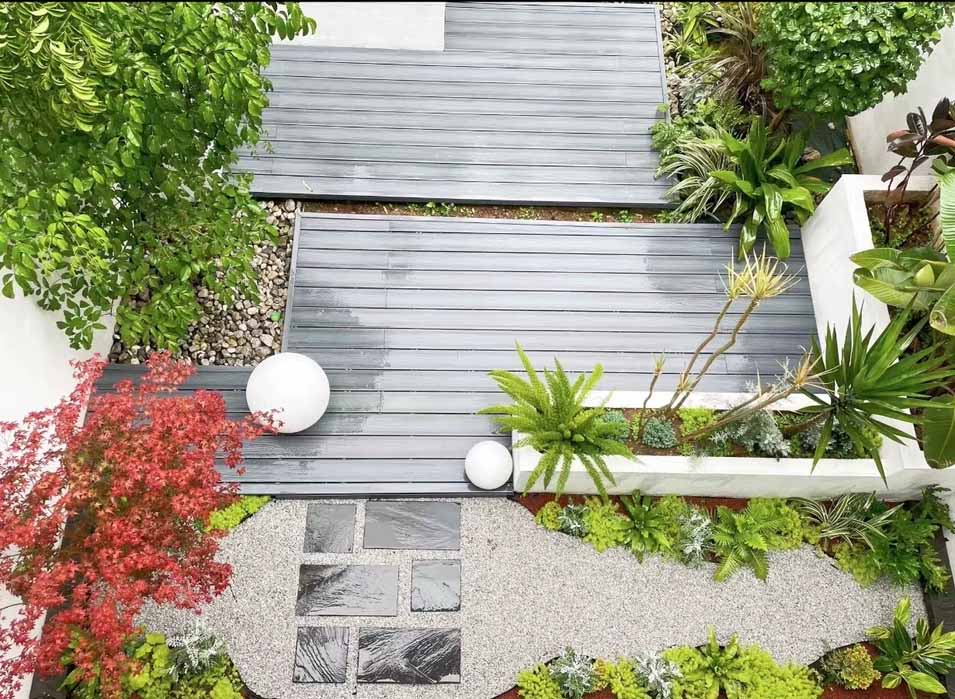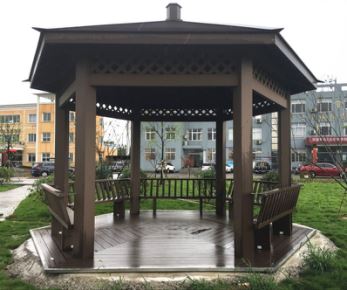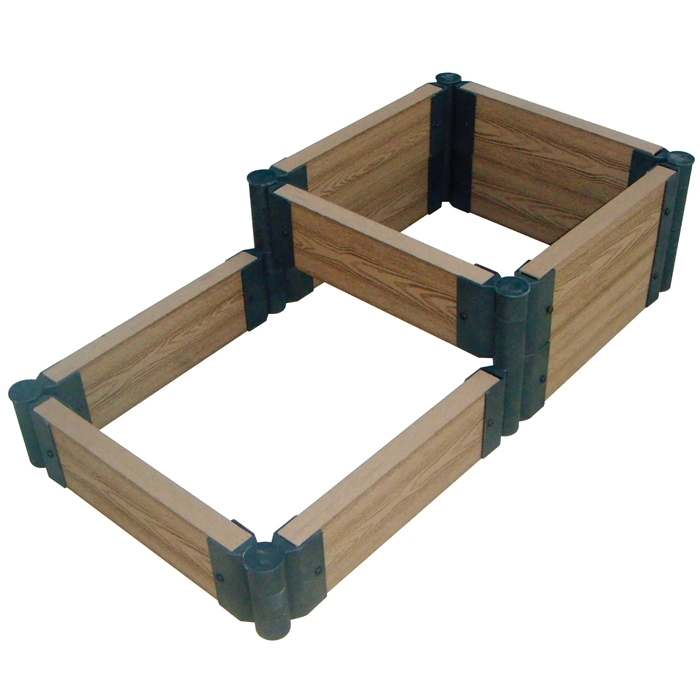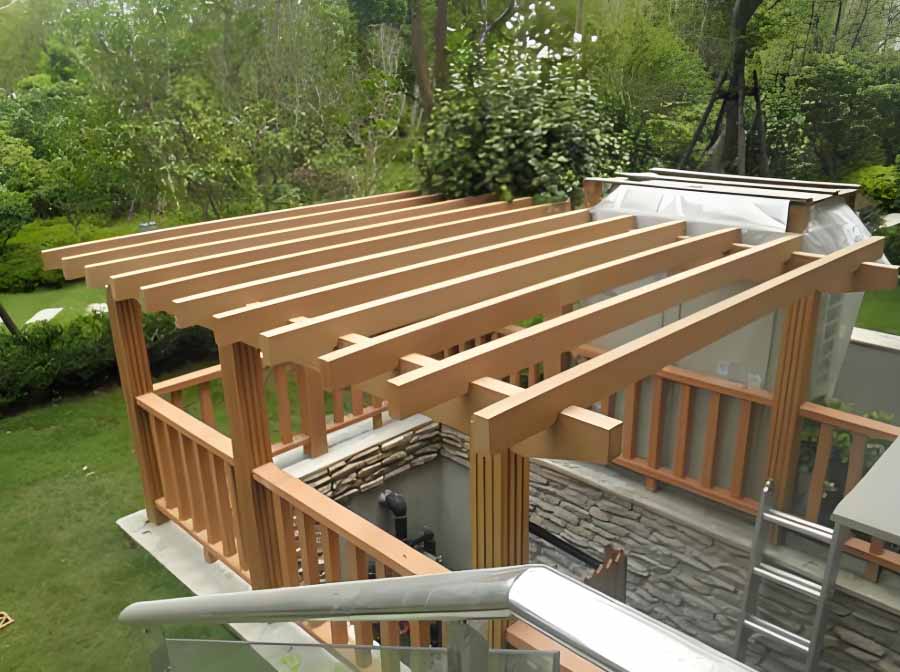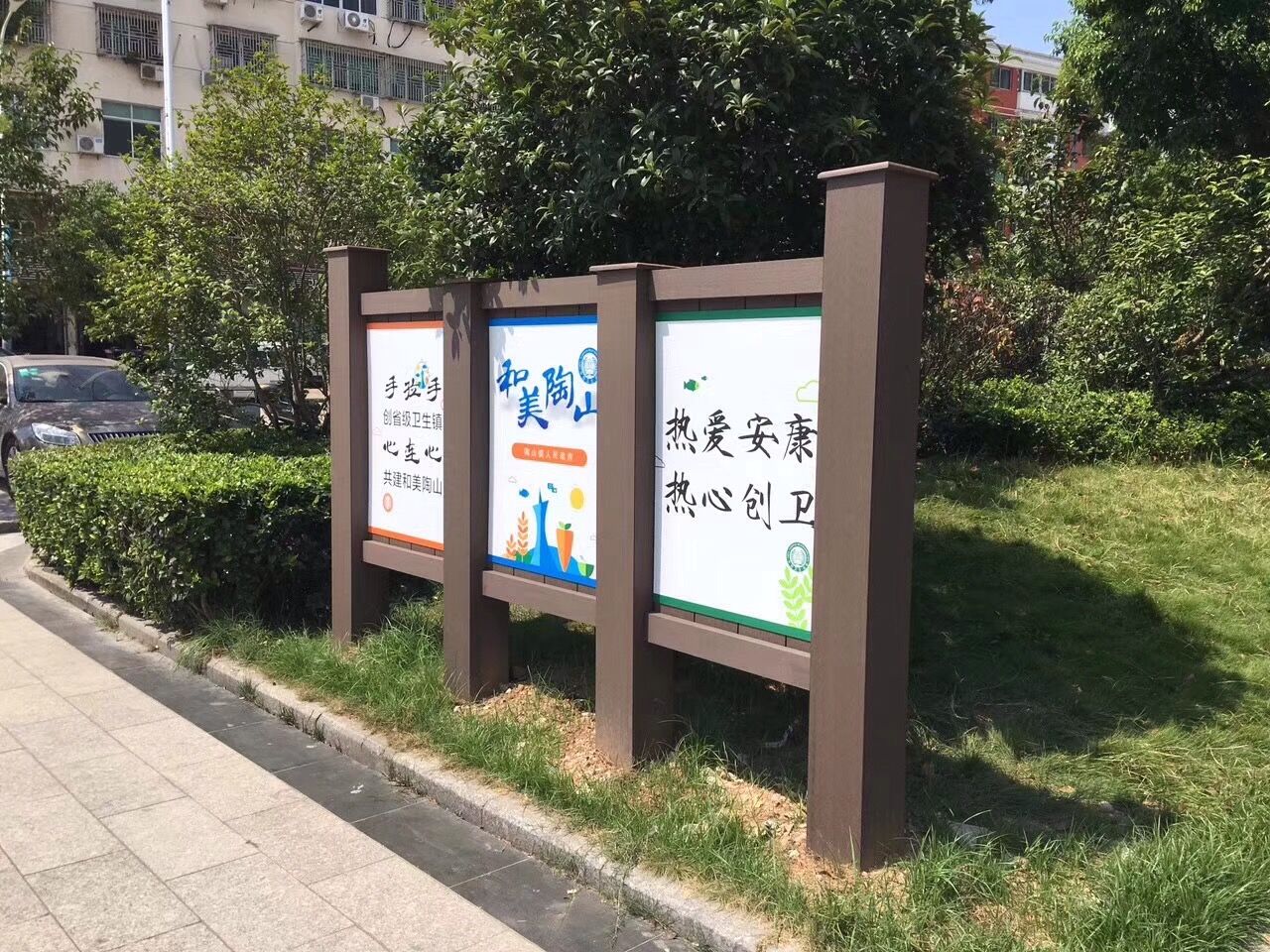In a world where innovation and sustainability are increasingly at the forefront of consumer choices, certain materials rise to prominence not just for their utility, but for the promise of a greener, smarter future. Enter Wood Plastic Composite (WPC) products— a remarkable blend of wood fibers and thermoplastics that are revolutionizing industries from construction to design. As societies worldwide grapple with environmental challenges and the urgent need for sustainable solutions, WPC products emerge as a beacon of hope, offering an elegant balance between form, function, and ecological responsibility.
The allure of WPC products doesn’t just lie in their eco-friendly appeal; they are also a testament to the evolving landscape of material science. These products are steadily capturing the attention of both consumers and industry experts due to their exceptional durability, versatility, and aesthetic versatility. Gone are the days when choosing sustainable options meant compromising on style or functionality. With WPC, the question is no longer “Why are WPC products more and popular?” but rather, how quickly can we innovate and integrate this transformative material into our lives? As you delve into the depths of this phenomenon, prepare to unlock the secrets behind the soaring popularity of WPC products and discover why they’re set to become an indispensable part of our daily lives.
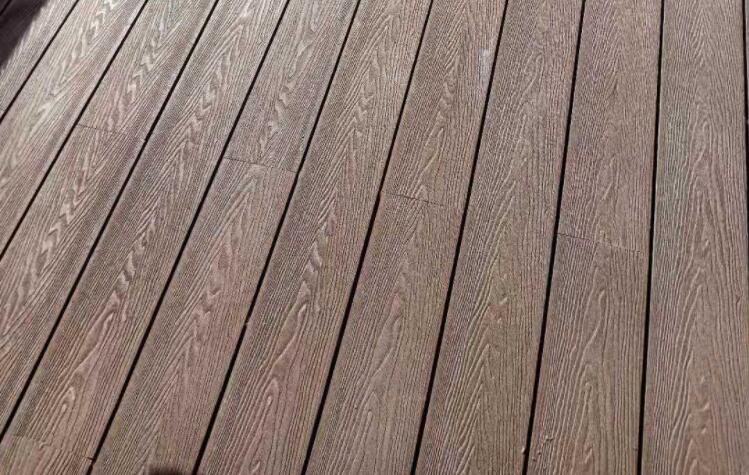
The Evolution of WPC Products: From Concept to Reality
Wood Plastic Composite (WPC) products have come a long way since their inception. Initially, the concept of combining wood fibers and thermoplastics seemed like a distant dream. However, with advancements in technology and material science, this dream has become a reality. The evolution of WPC products can be attributed to the tireless efforts of researchers and engineers who have worked tirelessly to perfect the manufacturing process.
Today, WPC products are manufactured using a combination of recycled wood fibers and high-density polyethylene (HDPE). This blend not only enhances the strength and durability of the final product but also ensures that it is resistant to rot, decay, and insect damage. The manufacturing process involves extrusion, where the mixture is heated and molded into various shapes and sizes.
With each passing year, manufacturers continue to refine their techniques, resulting in improved quality and performance. The evolution of WPC products has been marked by innovations such as enhanced color options, improved surface textures, and increased resistance to fading or staining. As a result, these products have become more visually appealing while retaining their core environmental benefits.
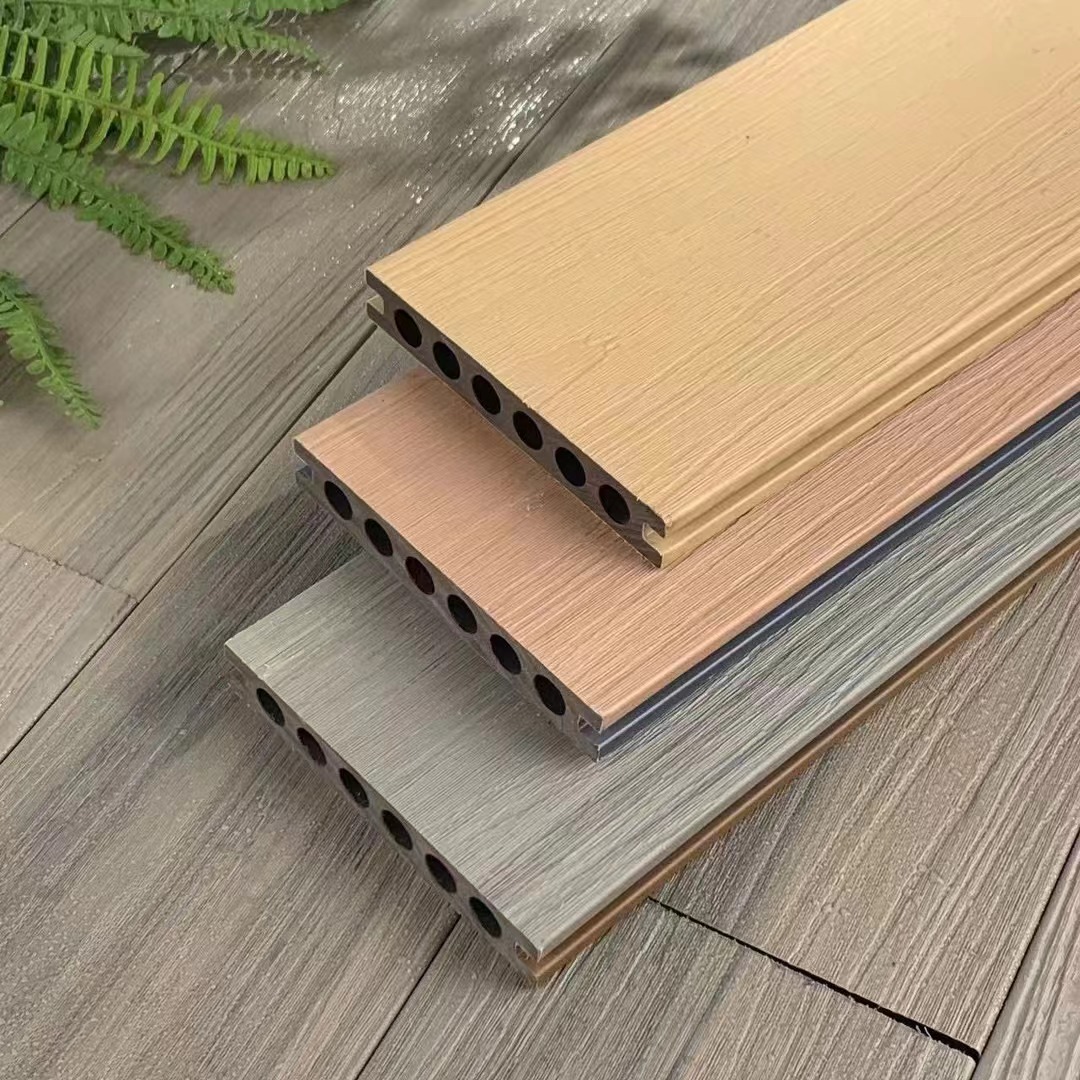
Environmental Benefits of Choosing WPC Products
One of the primary reasons why WPC products are gaining popularity is their positive impact on the environment. By utilizing recycled wood fibers and plastic waste in their production, these products help reduce deforestation while simultaneously diverting plastic waste from landfills.
The use of recycled materials also means that fewer natural resources are consumed during manufacturing. This reduces energy consumption and lowers greenhouse gas emissions associated with traditional materials like timber or concrete. Additionally, WPC products require minimal maintenance compared to their wooden counterparts since they are resistant to moisture damage, warping, or cracking.
Furthermore, because WPC products are durable and long-lasting, they have a lower replacement rate, reducing the overall demand for new materials. This further contributes to the conservation of natural resources and minimizes waste generation.
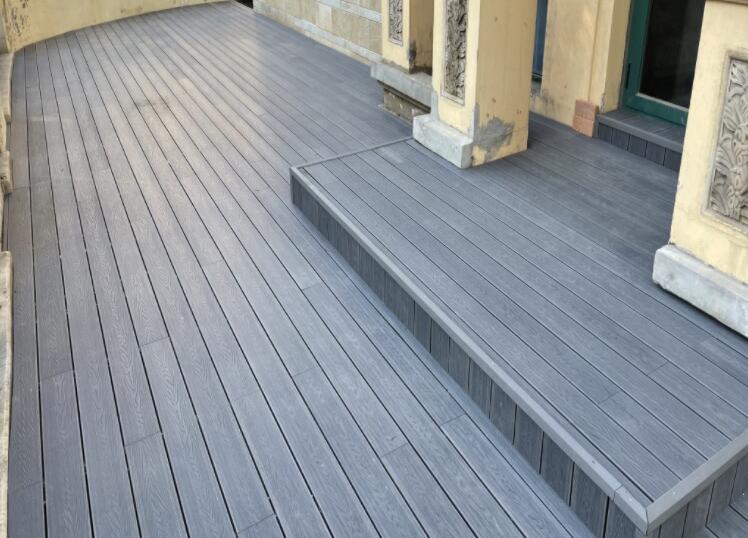
Durability Redefined: The Strength of Wood Plastic Composite
When it comes to durability, WPC products outshine many traditional materials. The combination of wood fibers and thermoplastics creates a material that is highly resistant to wear and tear. Unlike wood, WPC products do not rot, splinter, or warp when exposed to moisture or extreme weather conditions.
Moreover, WPC products are also resistant to insect damage, making them an ideal choice for outdoor applications such as decking or fencing. Their exceptional strength allows them to withstand heavy foot traffic and the weight of furniture without losing their structural integrity.
The durability of WPC products not only ensures their longevity but also translates into cost savings for consumers. With minimal maintenance requirements and a prolonged lifespan, these products offer an attractive return on investment compared to traditional materials that may require frequent repairs or replacements.
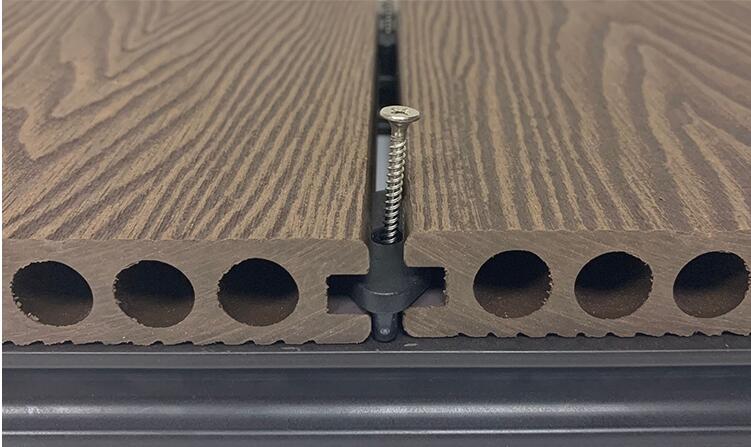
Unleashing Design Possibilities with WPC Products
WPC products have revolutionized the world of design by offering unparalleled versatility. The manufacturing process allows for customization in terms of color, texture, and shape. This means that architects and designers can unleash their creativity without compromising on performance or sustainability.
Whether it’s creating intricate patterns on decking boards or designing unique furniture pieces, WPC offers endless possibilities. The ability to mimic the appearance of natural wood while enjoying the benefits of a composite material has made WPC a popular choice among homeowners and professionals alike.
Beyond aesthetics, WPC products also provide functional advantages in design applications. Their low thermal conductivity makes them comfortable underfoot even in hot climates. Additionally, their slip-resistant surface ensures safety, making them ideal for areas prone to moisture or where slip hazards are a concern.
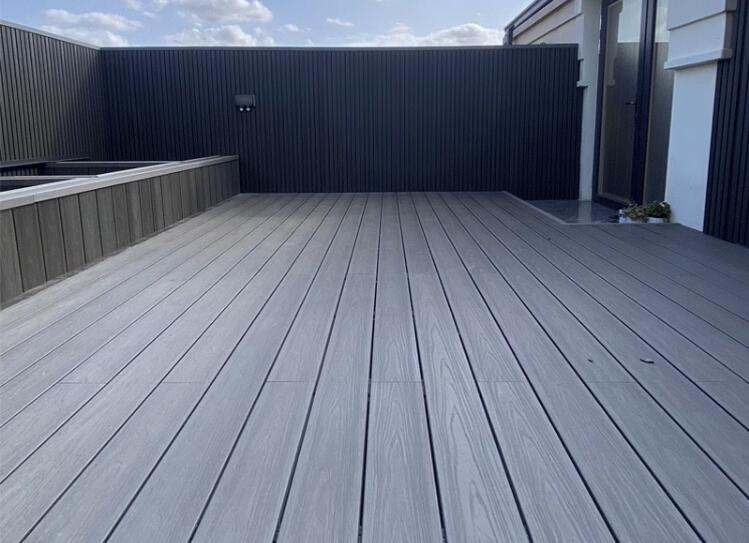
The Sustainable Choice: How WPC Products Reduce Environmental Impact
WPC products are undeniably a sustainable choice when compared to traditional materials. By utilizing recycled materials and reducing the demand for virgin resources, these products help conserve natural ecosystems and reduce carbon emissions.
Furthermore, the manufacturing process of WPC products consumes less energy compared to the production of traditional materials. This results in a lower carbon footprint and contributes to the overall reduction of greenhouse gas emissions.
Additionally, WPC products are designed to be recyclable at the end of their lifespan. This means that they can be repurposed or used as raw materials for new products, further closing the loop on waste generation.
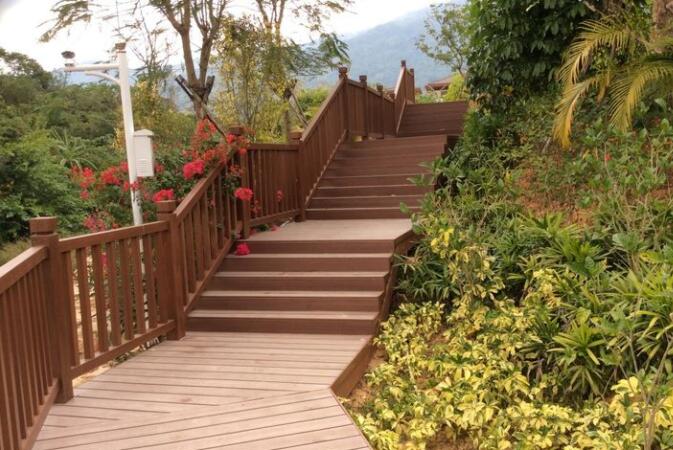
WPC vs. Traditional Materials: A Comparative Analysis
When comparing WPC products to traditional materials such as wood or concrete, several factors come into play. One of the key advantages of WPC is its resistance to moisture and decay. Unlike wood, which requires regular sealing or staining to maintain its appearance and structural integrity, WPC products retain their aesthetics without extensive maintenance.
In terms of durability, WPC outperforms wood by being resistant to warping, splintering, or cracking. It also offers better resistance against insect damage and is not susceptible to rotting when exposed to moisture.
From an environmental standpoint, WPC’s use of recycled materials significantly reduces its impact on natural resources compared to timber extraction or concrete production. The lower energy consumption during manufacturing also contributes to reduced carbon emissions.
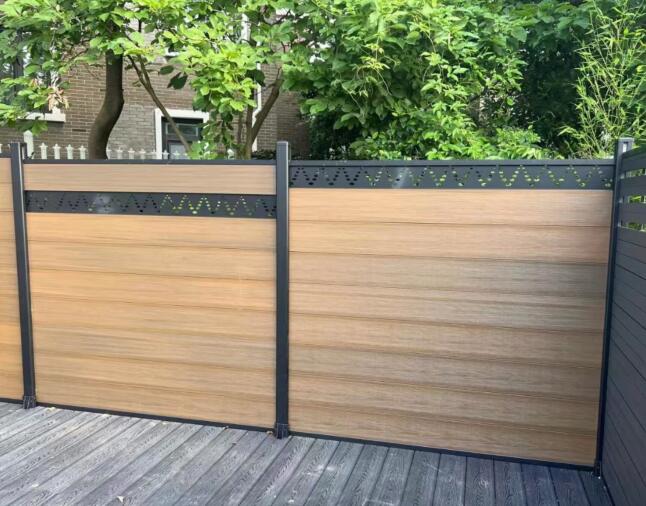
Innovation in Action: Real-Life Applications of WPC Products
The versatility and durability of WPC products have led to their widespread adoption across various industries. In the construction sector, WPC is used for decking, cladding, and fencing due to its resistance to moisture and weathering. It is also utilized in interior applications such as flooring or wall panels.
In the furniture industry, WPC products offer a sustainable alternative to traditional wooden furniture. Their customizable nature allows for unique designs while ensuring long-lasting performance.
Furthermore, WPC products have found their way into the automotive industry, where they are used for interior trim components due to their lightweight and durable properties. The packaging industry has also embraced WPC for creating eco-friendly packaging solutions that reduce reliance on single-use plastics.
Published on: Mar 27, 2021 11:11 Email: Admin@hanmingwpc.com


